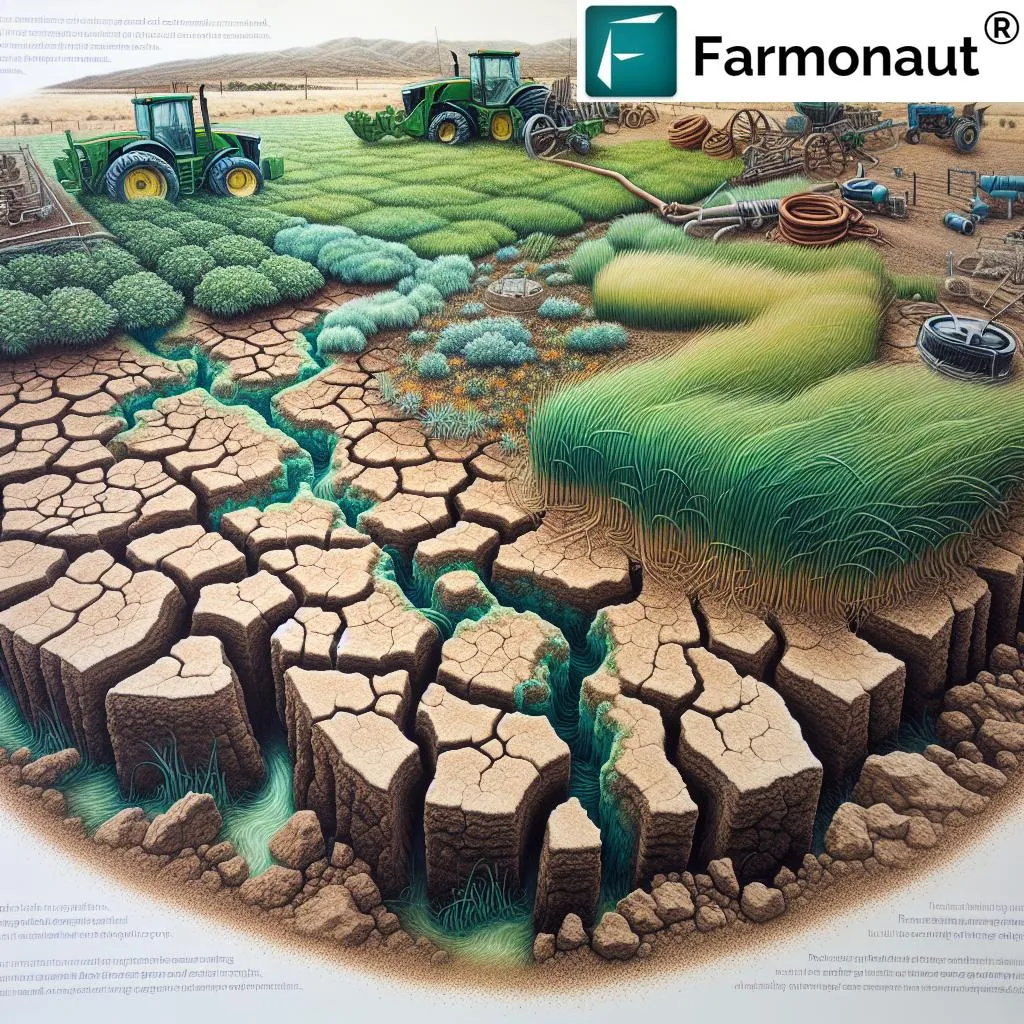In the relentless pursuit of sustainable agriculture, particularly in arid and semi-arid regions, a recent study offers a beacon of hope. Researchers have uncovered the potential of leguminous trees to significantly enhance soil fertility, providing a promising avenue for farmers grappling with the challenges of degraded soils and water scarcity.
The study, published in the Journal of Agroforestry and Environment, evaluated the impact of four native leguminous tree species—Albizia lebbeck, Dalbergia sissoo, Prosopis cineraria, and Vachellia nilotica—on soil physicochemical properties at various depths. The findings reveal that these trees can play a pivotal role in improving soil health, with each species contributing uniquely to different soil parameters.
“Our research demonstrates that the choice of tree species is crucial in agroforestry systems,” said Muhammad Madnee, lead author of the study from Islamia University of Bahawalpur. “Different species have varying impacts on soil properties, and understanding these differences can help farmers make informed decisions.”
The study found that Dalbergia sissoo had the highest soil pH, moisture, and saturation at 0–30 cm, making it an excellent choice for improving soil structure and water retention. Vachellia nilotica, on the other hand, showed consistent organic matter contributions and the highest nitrogen content, which is vital for plant growth. Albizia lebbeck contributed the most potassium, while Dalbergia sissoo led in phosphorus, both essential nutrients for crop productivity.
Prosopis cineraria and Albizia lebbeck significantly reduced soil electrical conductivity, which can be beneficial in areas with saline soils. “This reduction in electrical conductivity can help mitigate the negative effects of salinity on crop growth,” Madnee explained.
The commercial implications of these findings are substantial. By integrating these leguminous trees into agroforestry systems, farmers can enhance soil fertility, improve crop yields, and ultimately increase their income. This approach is particularly relevant in arid and semi-arid regions, where soil degradation and water scarcity are significant barriers to agricultural productivity.
The study also highlights the importance of depth-specific assessments in agroforestry research. Understanding how different tree species impact soil properties at various depths can help farmers design more effective agroforestry systems tailored to their specific needs.
As the agriculture sector continues to grapple with the challenges of climate change and resource depletion, the findings of this study offer a practical and sustainable solution. By harnessing the power of leguminous trees, farmers can improve soil health, boost crop productivity, and secure their livelihoods in the face of adversity.
This research not only provides a robust, evidence-based guide for selecting tree species to integrate into agroforestry systems but also offers practical strategies for improving agricultural resilience and smallholder livelihoods in water-scarce environments. As we look to the future, the integration of such agroforestry practices could shape the trajectory of sustainable agriculture, offering a pathway to a more resilient and productive agricultural sector.

